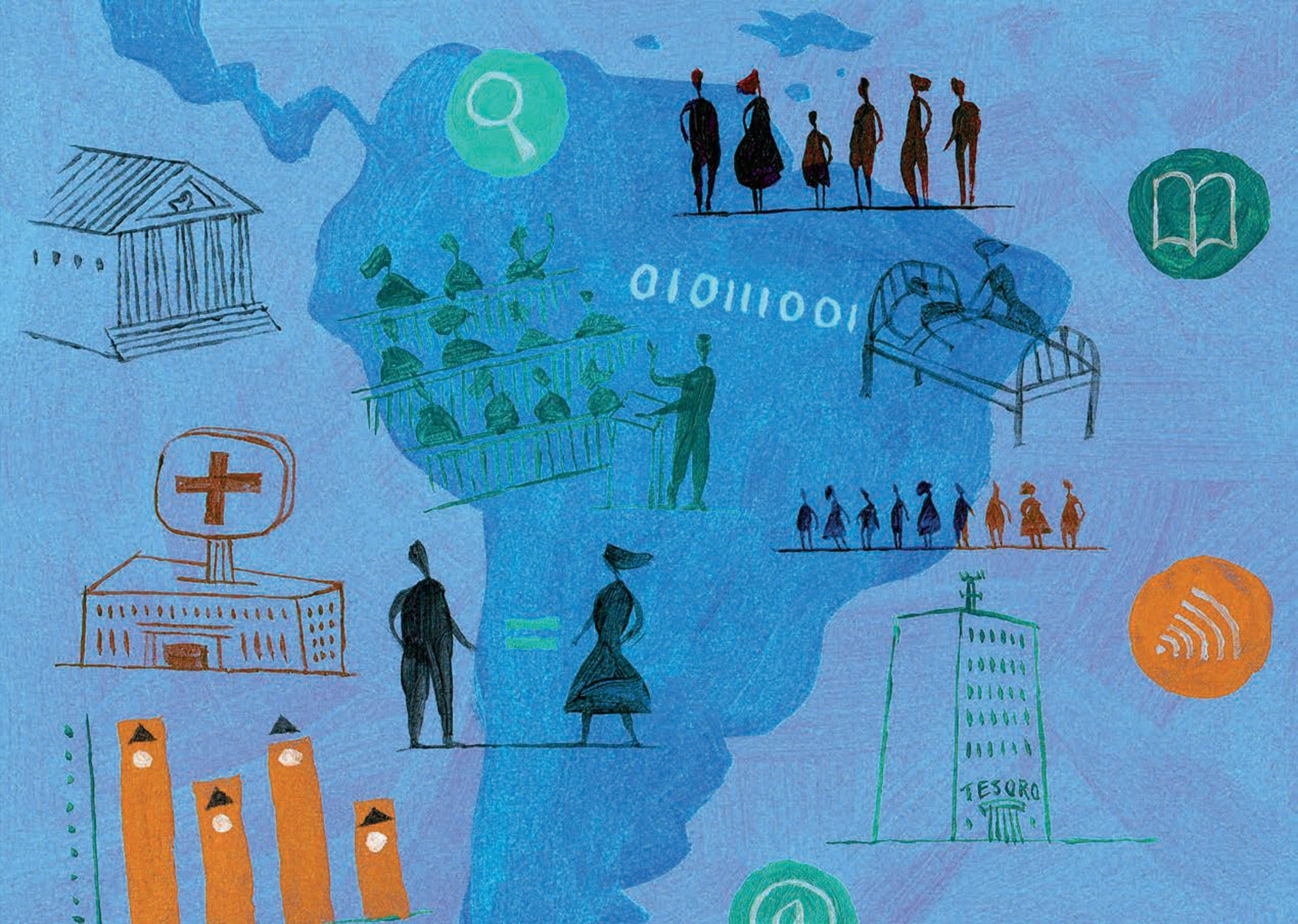Government investment creates public infrastructure essential for long-term economic growth and societal well-being. For instance, public investment supports the provision of public services (e.g. schools). Further, governments invest in transport infrastructure and other large-scale projects to improve productivity and competitiveness. Finally, governments can also invest in research and development, which can contribute in spreading new tools and knowledge for increasing productivity and creating jobs in sectors adding high value to the economy.
In 2017, government investment represented, on average, 4.6% of total government expenditure in LAC countries with available data. This figure is smaller than in OECD countries where it was 7.7% in the same year. Government investment in the LAC region is extremely heterogeneous. On the high end, investment as a percentage of government spending is 18.5% in Peru and 15.8% in Paraguay. Between 2007 and 2017, these are the two countries where investment increased the most, 3.4 and 3.2 p.p. respectively. As part of its national development strategy (i.e. the “Bicentenary Plan: Peru 2021”) issued in 2010 the Peruvian government set ambitious targets in terms of public investment, particularly in the transport sector as means of closing gaps with other countries in the region, improving people’s well-being and fostering economic growth. Similarly, Paraguay began an accelerated process of infrastructure improvement in 2013, to update and improve its road network and to complete hydraulic installations that will improve water quality and sanitation.
Investment as a share of GDP in LAC countries reached 1.6% in 2017 below the OECD average of 3.1%. While investment decreased for both groups of countries, it did on average at a faster pace in LAC countries (-0.7 p.p.) compared to the OECD (-0.5 p.p.). Colombia (-1.8 p.p.) and Brazil (-1 p.p.) are the LAC countries where government investment spending decreased the most. In Colombia, this trend could be explained by the large oil price shock in 2015-16 that affected government revenues as well as by adjustments to the budget for complying with fiscal targets often taking place through reduced investment. In the case of Brazil, the rising public deficit has led to reductions in public investment.
Investment can have higher economic returns in regions with a relatively lower level of development. Investment spending across levels of government is crucial for securing long-term growth and reducing inequality. For LAC countries with available information, 35.2% of government investment spending took place at the local level in 2017 compared to 29% in OECD countries. For LAC countries, this represents an increase of 5.4 p.p. since 2007, notably in Colombia and Peru local governments carried out over 40% of total investment in 2017.



